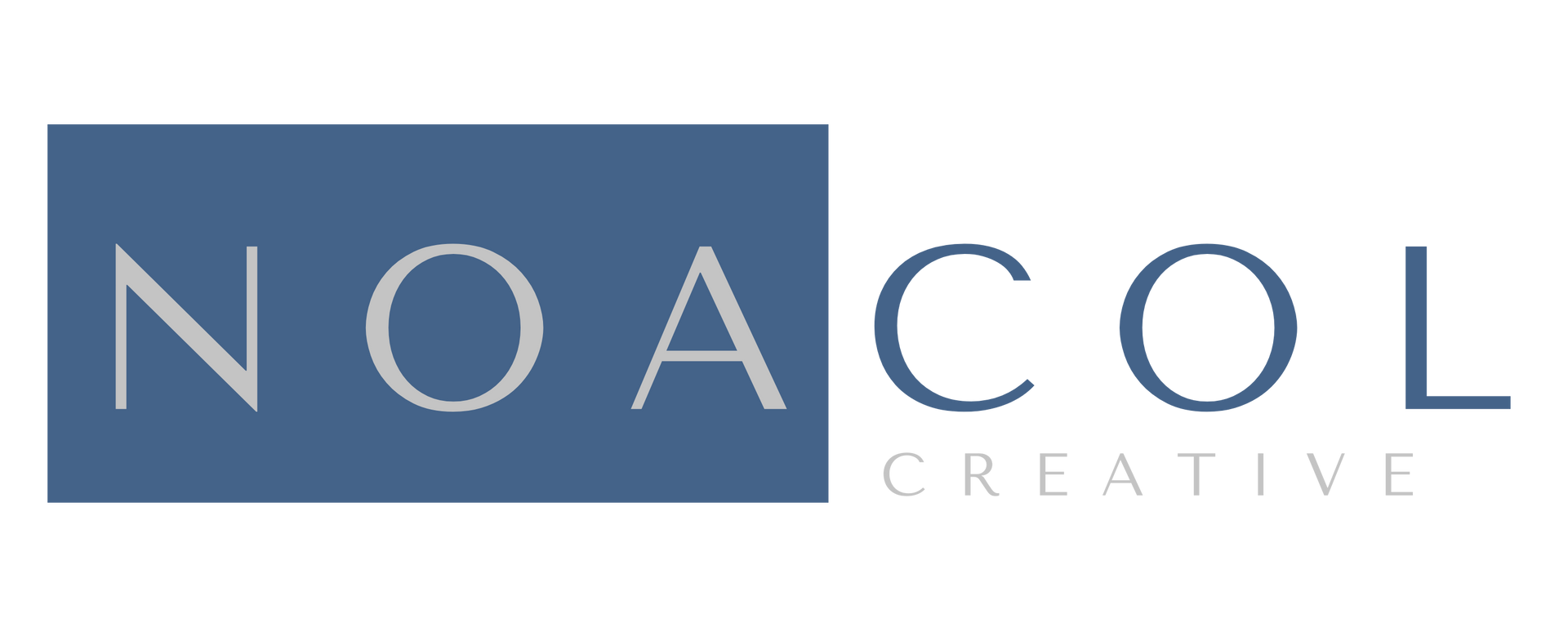Alt Tags: The Unsung Heroes of Website Accessibility
In the vast digital landscape, we can easily get lost in the visual and overlook the importance of text. While stunning images and videos captivate audiences, they can pose a significant barrier for users who rely on screen readers or have visual impairments. That's where the humble alt tag steps in, acting as a crucial bridge between visual content and accessibility.
What are Alt Tags?
Alt tags, short for "alternative text," are HTML attributes applied to images. They provide a textual description of the image, ensuring that users who cannot see the image can still understand its content and context.
How Can Effective Marketing Strategies Help?
Effective marketing strategies can significantly boost your business growth. By understanding your target audience and crafting tailored messages, you can engage potential customers more effectively. Our team at Noacol Creative specializes in creating marketing strategies that resonate with your audience and drive results.
Why are Alt Tags Essential?
Accessibility:
- For users with visual impairments who rely on screen readers, alt tags are indispensable. Screen readers read the alt text aloud, allowing users to understand the image's content.
- Without alt tags, these users would miss out on vital information conveyed through images, leading to a frustrating and incomplete browsing experience.
SEO (Search Engine Optimization):
- Search engine crawlers, like Googlebot, cannot "see" images. They rely on alt tags to understand the image's content and relevance.
- Descriptive alt tags can improve your website's SEO by providing valuable context to search engines, potentially boosting your image rankings and overall website visibility.
Context and Clarity:
- Even for users without visual impairments, alt tags can be beneficial. If an image fails to load due to a slow connection or technical issue, the alt text will be displayed in its place, providing context and preventing confusion.
- This is especially helpful for ecommerce sites. Alt tags can contain important product information.
Improved User Experience:
- By adding alt text, you are creating a better user experience for everyone. A well described image enhances the website.
Best Practices for Writing Alt Tags:
Be Descriptive and Concise:
- Provide a clear and accurate description of the image. Avoid vague or generic terms like "image" or "picture."
- Keep your alt tags concise, ideally within 125 characters, to ensure they are easily digestible by screen readers.
Include Relevant Keywords:
- If appropriate, incorporate relevant keywords into your alt tags to improve SEO. However, avoid keyword stuffing, as this can be detrimental.
Context is Key:
- Consider the context in which the image appears on the page. The alt text should reflect the image's role in conveying the page's message.
Don't Overdo It:
- Decorative images that serve no informational purpose should have empty alt tags (alt=""). This tells screen readers to ignore them.
Functionality:
- If an image acts as a link, the alt tag should describe the link's destination. For Example, if an image of a shopping cart is a link to the checkout page, the alt text should say "Shopping Cart, link to checkout".
Conclusion
Alt tags are not just a technicality that you can save for later; they are fundamental to web accessibility and search engine optimization. By taking the time to write descriptive and informative alt tags, you can create a more inclusive and user-friendly website that benefits everyone. Don't let your images speak in silence—give them a voice with alt tags.
Ready to Start the Conversation?
Ready to take your business to the next level? Contact us today to learn how we can help you achieve your goals with our expert marketing and design services.
GET IN TOUCH.
Serving small businesses across the United States from our offices in Northern Michigan.
| Thank you for Signing Up |


